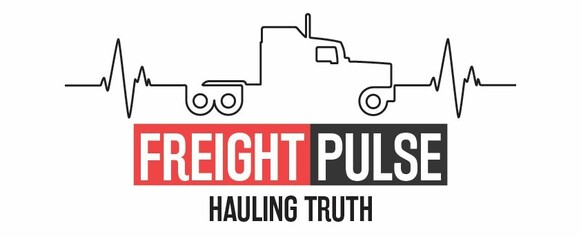A new federal study has revealed that truck drivers are hesitant to adopt app-based parking management platforms, despite increasing parking shortages along key interstate corridors. The reluctance to use these digital tools contributes to ongoing issues with unauthorized parking and compliance with hours-of-service regulations.
Study Highlights App Adoption Challenges
The study, conducted by the Texas A&M Transportation Institute on behalf of the Federal Motor Carrier Safety Administration (FMCSA), examined truck parking behaviors along Interstate 80 and Interstate 94 in Iowa and Wisconsin. It found that while parking shortages persist in these areas, many drivers still do not rely on available apps to locate empty spaces. As a result, trucks frequently park along highway exits, entrances, and rest areas, exacerbating safety concerns.
According to the study, the primary objectives were to:
- Analyze truck parking capacity usage along the I-80 and I-94 corridors.
- Identify unauthorized parking locations and trends.
- Assess the feasibility of using truck parking management platforms to optimize space availability.
Despite these efforts, adoption of parking apps remains low, raising questions about their effectiveness in solving the parking crisis.
Funding Shortages and App Feasibility
Both the Iowa and Wisconsin departments of transportation acknowledge the lack of funding needed to expand truck parking infrastructure to meet growing demand. However, the study suggests that low-cost digital solutions, such as the Parkunload platform used during the pilot program, could provide real-time information on available parking spots, improving efficiency without major infrastructure investments.
Interestingly, while feedback from truckers at pilot rest areas was mostly positive, responses on social media were overwhelmingly negative, highlighting a gap between real-world usability and driver perceptions.
Barriers to Widespread Adoption
The study identified two key challenges preventing widespread adoption of truck parking apps:
- Low Driver Participation – Encouraging drivers to download and consistently use parking apps remains difficult. Many truckers rely on traditional methods such as personal knowledge, word of mouth, or even trial and error when searching for parking.
- Compliance Issues – Even when drivers have access to these apps, convincing them to use the platform every time they park is another hurdle. Some may see the process as an inconvenience or simply prefer their existing methods.
Why the Resistance?
While parking apps promise convenience, several factors contribute to the hesitation among truckers. The study highlights key reasons, including:
– Lack of Trust in Accuracy – Many drivers find that app-reported parking availability does not always reflect real-time conditions, leading to frustration.
– Cost Concerns – Some parking apps require subscriptions or fees, which drivers may not be willing to pay, especially independent owner-operators.
– Preference for Familiar Routines – Veteran truckers often rely on well-known rest stops and personal knowledge rather than digital assistance.
– Safety and Security Issues – Some drivers feel more comfortable finding parking based on firsthand knowledge rather than trusting an app to guide them to unfamiliar locations.
– Technology Barriers – Not all drivers are comfortable using smartphone apps, and some prefer straightforward, no-tech solutions.

Future Applications and Industry Outlook
While current adoption rates are low, researchers believe truck parking management platforms could prove useful in various settings, including truck stops, smaller rest areas, and safety inspection sites where more advanced parking systems may not be financially viable.
Looking ahead, as the trucking industry moves toward electrification, these platforms could also provide valuable information on available charging infrastructure, further enhancing their usefulness.
For now, the challenge remains – bridging the gap between available technology and driver willingness to embrace it. Until adoption rates improve, truck parking shortages and the safety risks associated with them – will likely persist.
While truck parking apps offer potential benefits, the study suggests that widespread adoption will take time. Until then, many drivers will continue relying on their tried-and-true methods for finding a place to park.

